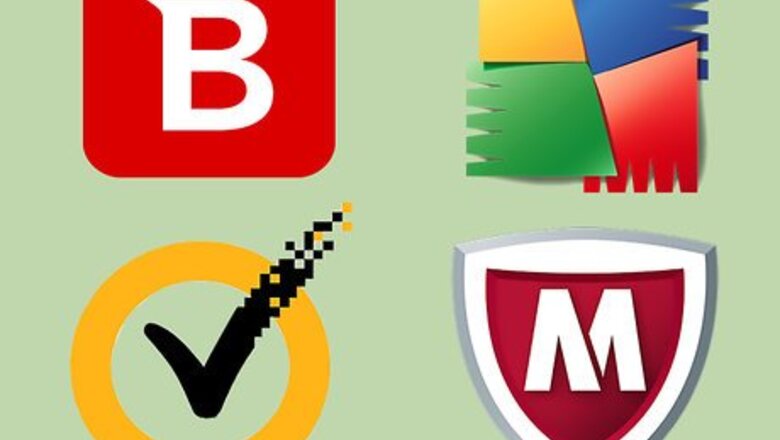
views
Avoiding Viruses
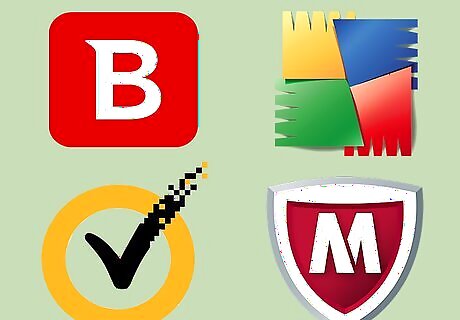
Ensure that you have an antivirus installed. A good antivirus will help protect against malicious torrents. Windows comes with Windows Defender, which is perfectly sufficient for catching most viruses. You can enable Windows Defender from the Control Panel as long as you don't have any other antivirus program installed. If you'd prefer, you can install a third-party antivirus instead, such as BitDefender or Kaspersky. Regardless of what you choose, you should only have one antivirus program installed at a time. See How to Install an Antivirus for instructions on picking and installing an antivirus program.
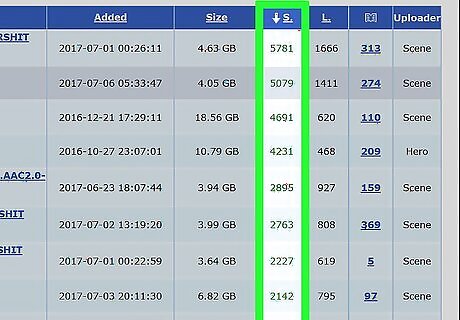
Look for torrents with lots of seeders. Lots of seeders generally mean that the torrent is free from viruses. This is because others have checked and found no viruses, and then start sharing it. While this certainly is not a guarantee, it can help you whittle down the list. A lot of seeders will also result in a faster transfer. Obviously, only download torrents from trusted and reliable websites.

Check the comments before downloading. This isn't a bulletproof solution, but the comments section of the torrent can help you determine if it contains any viruses. If there are a lot of comments but nothing about a potential virus, then chances are better that it doesn't have one. If lots of comments talk about viruses, you probably want to avoid that torrent.
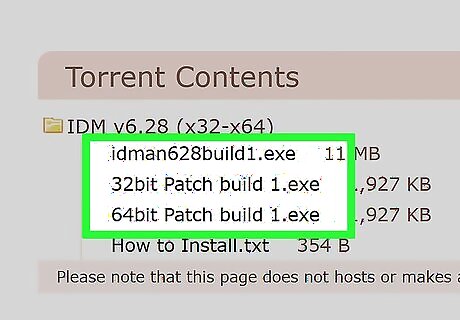
Avoid file types that are prone to viruses. Try not to download torrents for programs, as executable files (EXE, BAT) are the most common way of transmitting viruses. Cracked programs are the most dangerous files you can download through torrents.
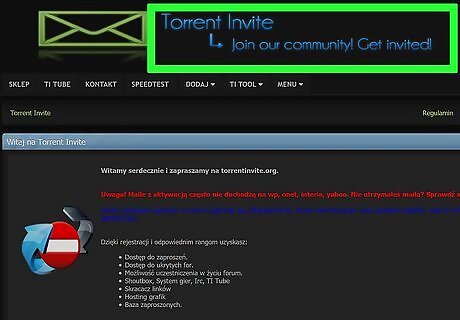
Join a private torrent community. If you can get an invite to a private torrent community, you're much less likely to get a torrent with a virus. This is because the torrents are all created and shared by members of that community, so they should be much more trustworthy. It can be difficult to get into a private community, as you usually need to know someone who can give you an invite. The best way to do this is to be active in various online communities and befriend someone that has access to a torrent community.
Avoiding Detection
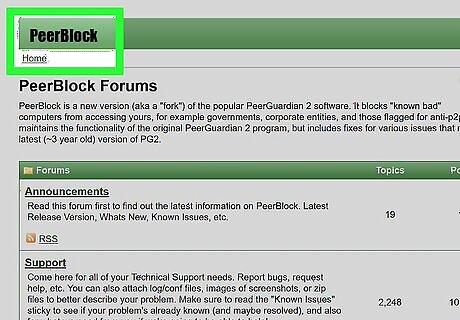
Understand how torrents connect. When you download a torrent file, your IP address is public to anyone else sharing that torrent. This is essential in order for the torrent client to connect to other users, but makes you vulnerable to organizations that track torrent traffic. These include your internet service provider (ISP) and copyright enforcement agencies. There are several steps you can take to minimize your risk or prevent your ISP from throttling your speed.
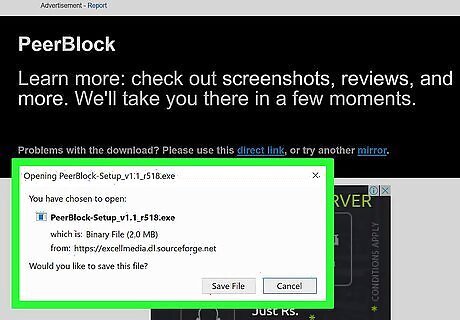
Install PeerBlock. PeerBlock is a program that blocks the IP addresses of known torrent trackers. It prevents your computer from being able to connect to these IP addresses, essentially blocking them from taking part in your torrent traffic. This isn't a surefire way to avoid getting caught, and your ISP will still be able to tell that you're transferring torrents. Still, it is a quick and easy way to minimize a lot of the risk of getting a threatening letter from the RIAA or MPAA. You can download PeerBlock for free from peerblock.com. Follow the prompts to install PeerBlock and launch it. It will automatically work in the background and prevent connections to known bad IP addresses. Use the "P2P" list from Bluetack for basic torrent protection when prompted during initial setup.
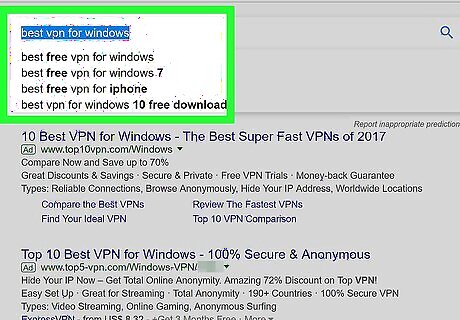
Consider a VPN service. To truly anonymize your torrent traffic, you'll want to sign up for a VPN (Virtual Private Network). This will set you back a few dollars a month but will hide your traffic from any prying eyes. Your ISP will not be able to tell that you're transferring torrent data, and will not throttle your connection. Organizations that track IP addresses will not be able to see your real IP, and will not be able to send you cease and desist letters. There are a few drawbacks to VPN services. Obviously, they aren't free, so you'll need to balance the cost versus the benefits. Your speed will decrease, as traffic will be sent to the VPN server first and then to you. Since you'll likely be connecting to a VPN in another country, you could see significant decreases in speed. Finally, VPN services may still keep records that they can give to enforcement agencies, but you can find services that don't keep logs.
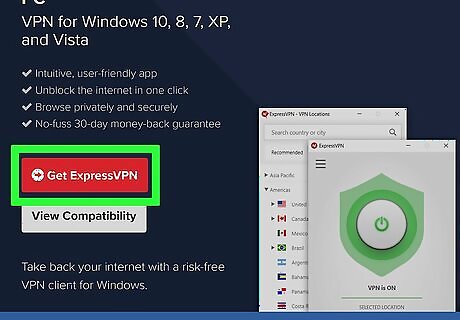
Pick and sign up for a VPN service. There are a variety of different VPN services out there, all with different pricing structures and privacy policies. Make sure to read the fine print of the VPNs that you're interested in. You'll want to look out for VPN services that keep detailed logs. Also, not all VPN services allow torrent traffic. Some of the more popular VPN services are listed below, but there are countless more that can be found with a quick Google search. Avoid free VPNs and proxies, as they may be unsafe. Many paid VPNs operate out of the US due to the lax data retention laws. ExpressVPN NordVPN CyberGhost Surf Shark Private Internet Access TorGuard IPVanish IVPN
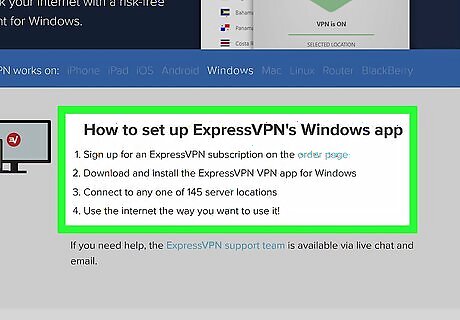
Find your VPN connection information. When you sign up for a VPN service, you'll be given the information you need in order to connect. This includes the VPN server address, as well as your username and password. You may need to log into the VPN website in order to find this information.
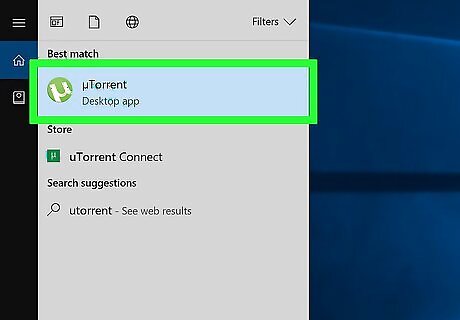
Open your torrent client. Once you've signed up for a VPN service, you'll need to configure your torrent client to connect to it.
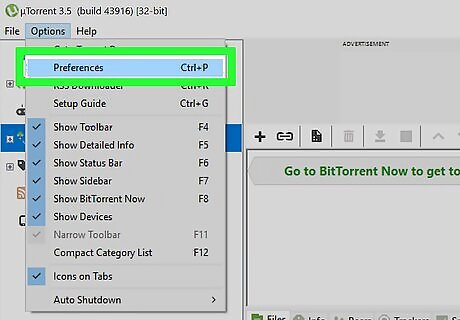
Open the Options or Preferences menu. You'll usually find this in the Tools or Options menu at the top of the torrent client.
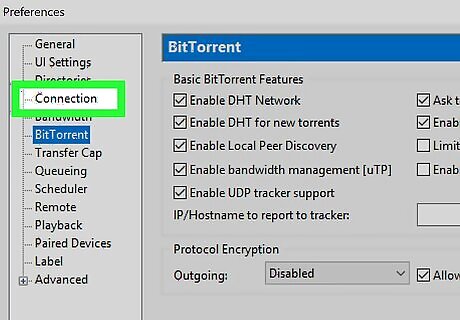
Click the "Connection" tab. This will allow you to adjust your connection settings, including adding your VPN connection information.

Select the VPN type in the "Type" menu, in the "Proxy Server" section. Most VPNs will use SOCKS5. Double-check your VPN connection information if you aren't sure.
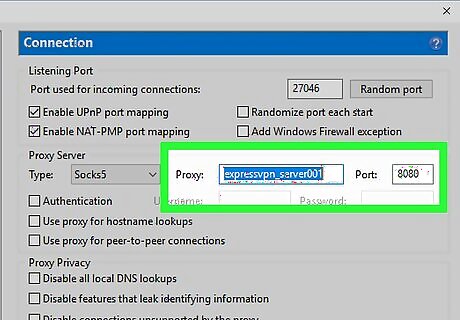
Enter the VPN address and port. You'll find this connection information when you log into your VPN's website. Many VPNs offer different servers that you can connect to, which can increase your connection speed. Make sure "Use proxy for peer connections" is checked.
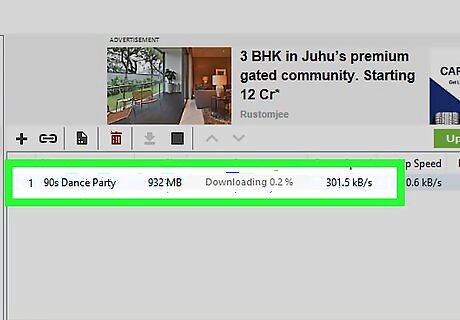
Start downloading torrents. Once your VPN service is configured, you'll be able to start downloading torrents more anonymously. No VPN can be 100% anonymous, but you'll significantly decrease the risks you face by using one.




















Comments
0 comment